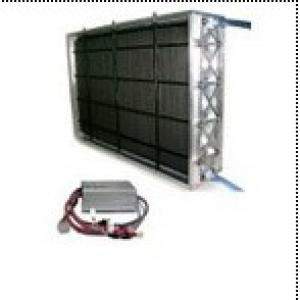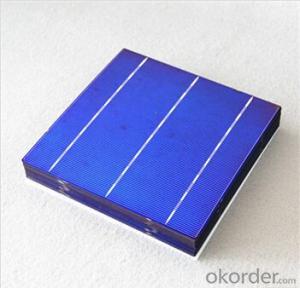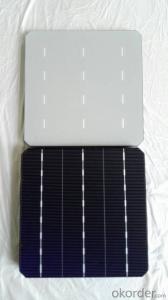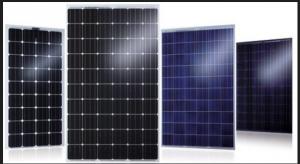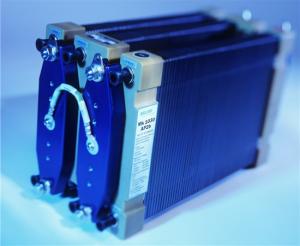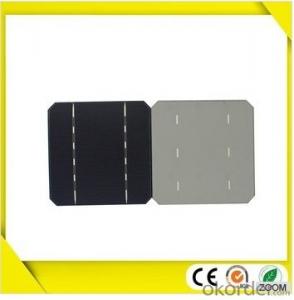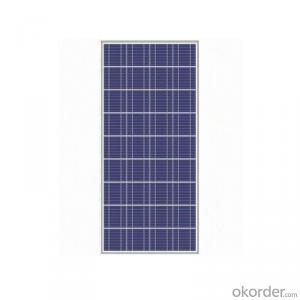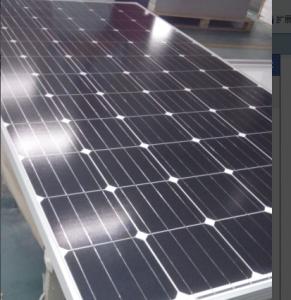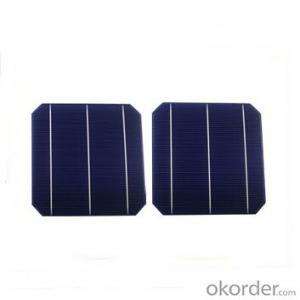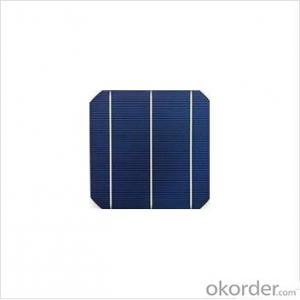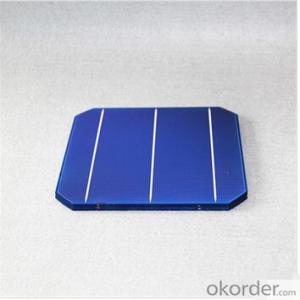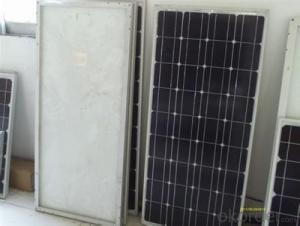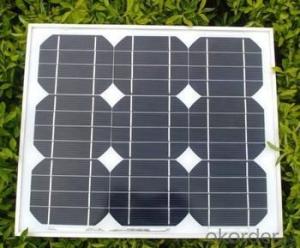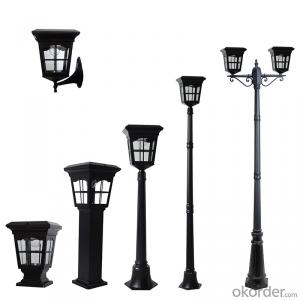Free Solar Cells
Free Solar Cells Related Searches
Pid Free Solar Cells Cheap Solar Cells Low Cost Solar Cells Affordable Solar Cells Loose Solar Cells Flexible Solar Cells Better Solar Cells Folding Solar Cells Organic Solar Cells High Quality Solar Cells Photovoltaic Solar Cells Foldable Solar Cells Raw Solar Cells High Efficiency Solar Cells Flex Solar Cells Bio Solar Cells Buy Solar Cells Buy Cheap Solar Cells Solar Energy Cells Floating Solar Cells Full Spectrum Solar Cells High Power Solar Cells Buy Loose Solar Cells High Performance Solar Cells Compact Solar Cells Cheap Solar Cells For Sale Electric Solar Cells Lightweight Solar Cells Chinese Solar Cells American Made Solar CellsFree Solar Cells Supplier & Manufacturer from China
Free Solar Cells, a range of renewable energy products, encompasses a variety of solar panels and related accessories designed to harness the power of the sun for various applications. These products are engineered to provide clean, sustainable energy, making them an ideal choice for both residential and commercial use. They can be utilized in a wide array of scenarios, such as powering homes, businesses, streetlights, and even remote locations where traditional energy sources are not readily available. The versatility of Free Solar Cells makes them a popular choice for those seeking eco-friendly and cost-effective energy solutions.Okorder.com stands as a prominent wholesale supplier of Free Solar Cells, boasting a vast inventory that caters to the diverse needs of customers worldwide. With a commitment to quality and customer satisfaction, Okorder.com ensures that the Free Solar Cells they offer meet the highest industry standards. Their extensive selection and competitive pricing make them a go-to destination for those looking to invest in sustainable energy solutions. By partnering with Okorder.com, customers can rest assured that they are receiving top-tier Free Solar Cells at the best possible prices.
Hot Products



